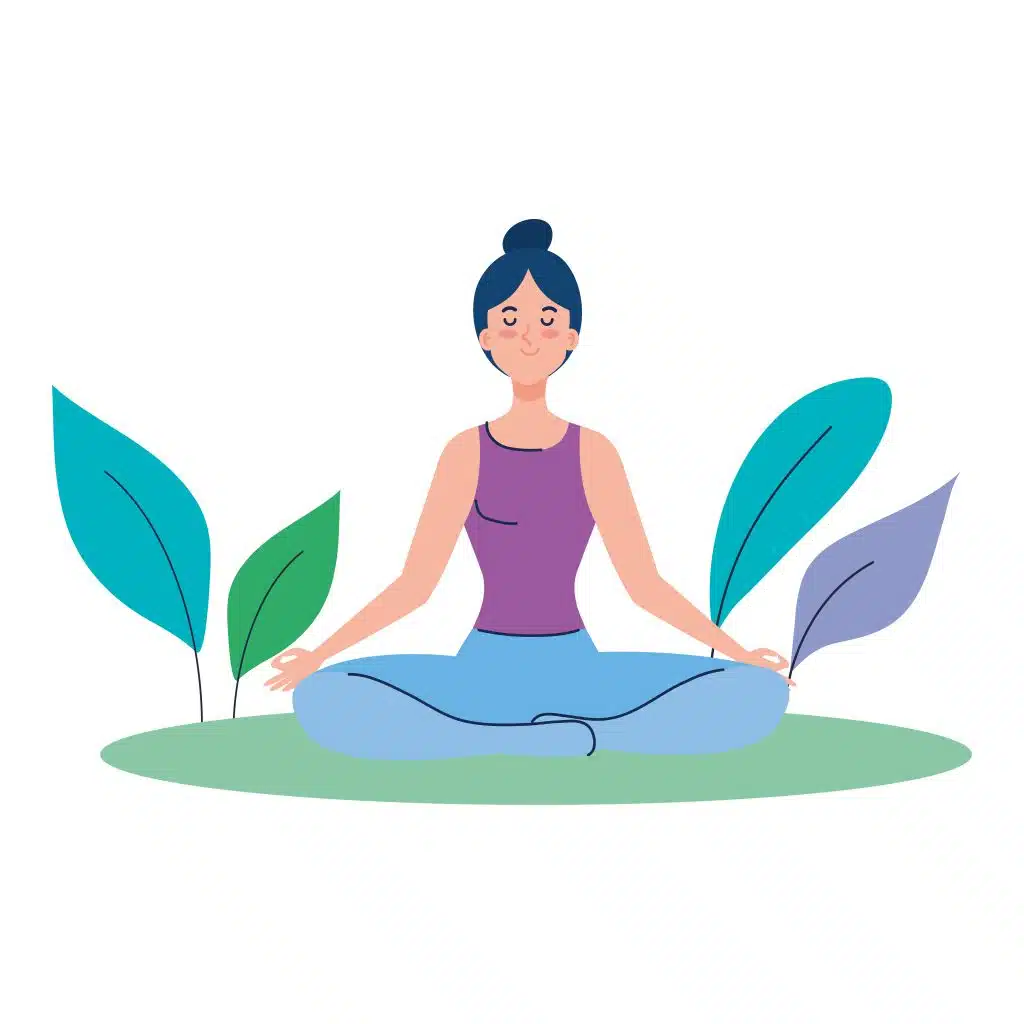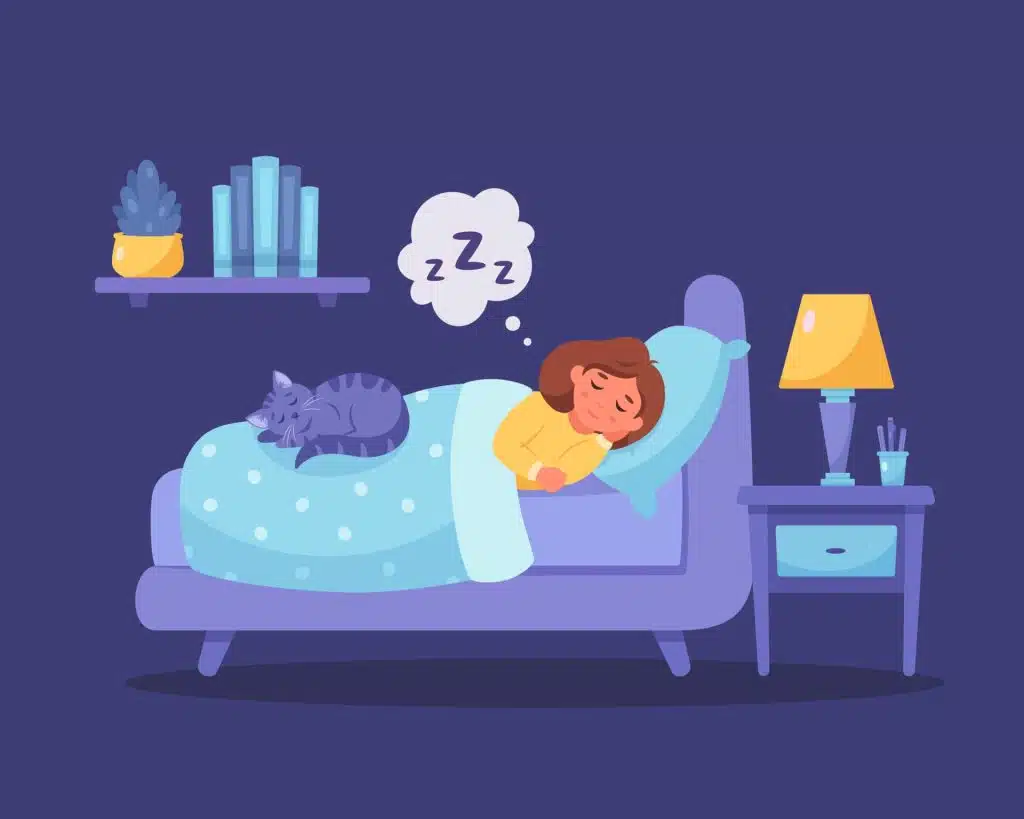Improving Balance & Coordination For Folks 50+

Why balance and coordination is important as we age:
As we age, balance and coordination become increasingly important for maintaining mobility, preventing falls, and preserving overall quality of life[2]. The ability to control balance during daily activities can diminish with age due to various factors such as sensory system deterioration, cognitive decline, and musculoskeletal changes[2][5]. Impaired balance and coordination increase the risk of falls, which can result in serious injuries and a loss of independence[2]. Research has shown that participating in exercises to improve strength and coordination can be beneficial for people of all ages, including older adults[1].
Ways to improve balance and coordination as we age:
There are several effective strategies and exercises to enhance balance and coordination in older adults[1]. Here are some examples:
- Tai Chi: Tai Chi is a gentle form of exercise that combines slow, flowing movements with deep breathing and mental focus. It has been shown to improve balance, coordination, and flexibility in older adults[1][2].
- Strength Training: Incorporating strength training exercises into your routine can help improve balance and coordination by strengthening the muscles and bones, which are important for stability[1][2].
- Yoga: Yoga can enhance balance, flexibility, and core strength, which are essential for stability and coordination[2].
- Proprioceptive and balance exercises: Proprioceptive exercises focus on improving the body’s perception of joint position and movements, while balance exercises challenge stability and coordination. Examples include standing on one leg, heel-to-toe walking, and balance board exercises[1][2].
- Walking and aerobic exercises: Regular walking and aerobic activities can improve cardiovascular fitness, enhance muscle strength, and contribute to better balance and coordination[1].
What to expect after improving balance and coordination as we age:
Improving balance and coordination can result in numerous benefits for older adults[2]. These can include:
- Reduced risk of falls: By enhancing balance and coordination, the risk of falls can be significantly reduced, promoting safety and preventing injuries[2][4].
- Improved mobility and independence: Better balance and coordination enable older adults to perform daily activities more easily and confidently, enhancing overall mobility and maintaining independence[2][4].
- Enhanced quality of life: With improved balance and coordination, older adults can maintain an active and engaged lifestyle, participating in various activities and social interactions with increased confidence and enjoyment[4].
Remember, it’s always important to consult with a healthcare professional or physical therapist before starting any exercise program to ensure safety and suitability for individual needs.
Senior Subway offers a variety of Groups for Fitness and Health. Join Senior Subway for access to these groups.
Sources:
- Older Adults and Balance Problems | National Institute on Aging
- The Effect of Balance and Coordination Exercises on Quality of Life in Older Adults
- How to stay strong and coordinated as you age – Harvard Health
- Maintaining mobility and preventing disability are key to living independently as we age – National Institute on Aging






Great Advice!